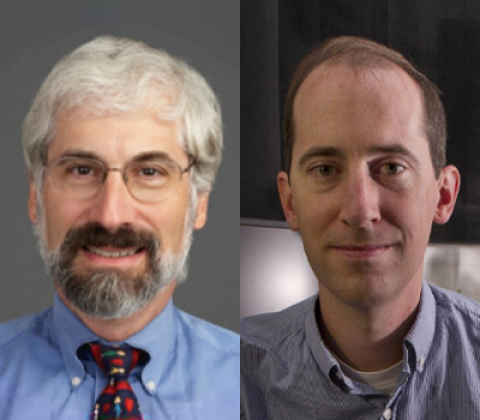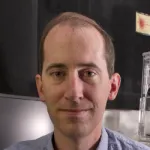Interdisciplinary Initiatives Program Round 12 - 2024
Project Investigators:
Daniel Bernstein, Pediatrics - Cardiology
Alex Dunn, Chemical Engineering
Abstract:
Hypertrophic cardiomyopathy (HCM) is a disease in which the heart muscle generates excessive force during each beat. In consequence, the heart wall becomes abnormally thick. HCM is the most common inherited heart disease, affecting 1 in 300 people, and is one of the leading causes of sudden death in adolescents and young adults. HCM is caused by mutations in both cardiac myosin, the protein responsible for generating contractile force, and in structural proteins within the Z-disc, a massive protein assembly that links together the cardiomyocyte’s contractile apparatus. Currently, it is not known how the hundreds of known mutations in cardiac myosin and in Z-disc proteins converge on a common phenotypic outcome, HCM. Previous studies have identified the Z-disc and its components as a possible mechanosensor that converts myosin-generated force into changes in intracellular signaling that drive hypertrophy. However, how this occurs remains essentially mysterious. Here, our transdisciplinary team will combine approaches from stem cell engineering, cryo-electron tomography (cryoET), and protein biochemistry to discover how the Z-disc acts as a mechanosensor. Based on strong preliminary data, we hypothesize that nanometer-scale structural damage to sarcomeres may precede, and even drive, HCM. To test this model, we will use a cutting-edge combination of genetically encoded reporters and cryoET to discover how force-generated, local variations in Z-disc architecture are linked to changes in intracellular signaling known to cause HCM. In parallel, we will use rigorous, biochemical reconstitution experiments to establish the molecular interactions that translate changes in force into altered signal transduction. In combination, these efforts will advance our understanding of how cardiomyocytes translate changes in mechanical force into hypertrophic signaling, a central question in cardiac biology. The outcomes of this collaboration are anticipated to have high medical relevance, with immediate application to the clinical management of HCM.



